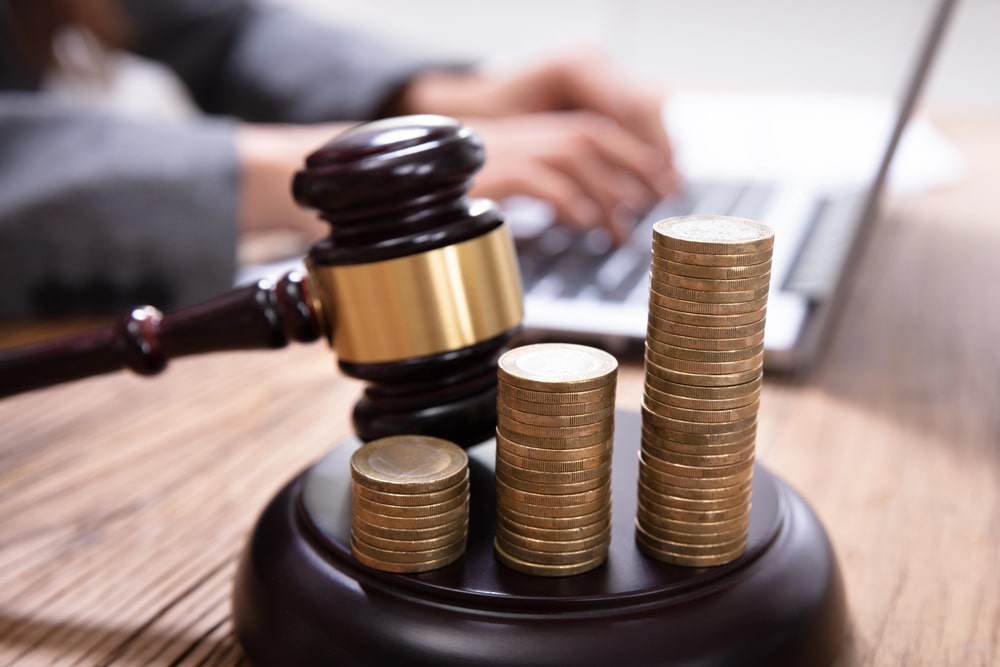Filing for bankruptcy is a significant financial step, and preparation is key to making the process as straightforward as possible. Taking time to organize your information and understand what will be required can make it easier to move forward with confidence. Below, we outline practical steps to consider before beginning the filing process.
Review Your Financial Records
The first step is gathering all relevant financial documents. This includes pay stubs, tax returns, bank statements, and details about your debts and assets. Having this information ready helps us build a clear picture of your financial situation. It also allows us to determine what type of bankruptcy might be most appropriate for your case.
List All Debts And Creditors
Make a full list of your debts, including credit cards, medical bills, personal loans, mortgages, and car loans. We should also include any overdue utility bills or judgments against you. Being thorough at this stage is important because creditors not listed may not be covered in the bankruptcy case.
Assess Your Income And Expenses
Next, we need to look closely at your monthly income and expenses. This includes not only wages but also any additional sources of income, such as rental property or freelance work. On the expense side, we will review housing, transportation, food, insurance, and other regular costs. This information is used to determine eligibility for specific types of bankruptcy and to create a plan that fits your situation.
Protect Important Assets
Certain assets, such as retirement accounts or primary residences, may be protected under bankruptcy exemptions. Before filing, it is helpful to know what protections may apply in your case. We can work together to identify assets that are exempt and consider strategies to safeguard them as much as possible within the limits of the law.
Avoid Major Financial Changes
In the time leading up to bankruptcy, it is best to avoid large financial moves. This means not transferring property to friends or family, not taking on new loans, and not making unusually large purchases. These actions may be reviewed by the court and could create complications in the process.
Consider Alternatives And Long-Term Goals
Bankruptcy is a powerful tool, but it may not always be the only option. Sometimes, debt settlement or restructuring might be worth considering. Taking a moment to look at your long-term goals, such as buying a home or rebuilding credit, can help us shape a strategy that aligns with your future plans.
Meet With A Lawyer
Finally, meeting with a bankruptcy lawyer is one of the most important steps. An attorney can help explain the process, review your financial details, and file the necessary paperwork correctly. Working with a Dallas, TX bankruptcy lawyer from Leinart Law Firm gives you the benefit of local knowledge about exemptions, court procedures, and filing requirements.


